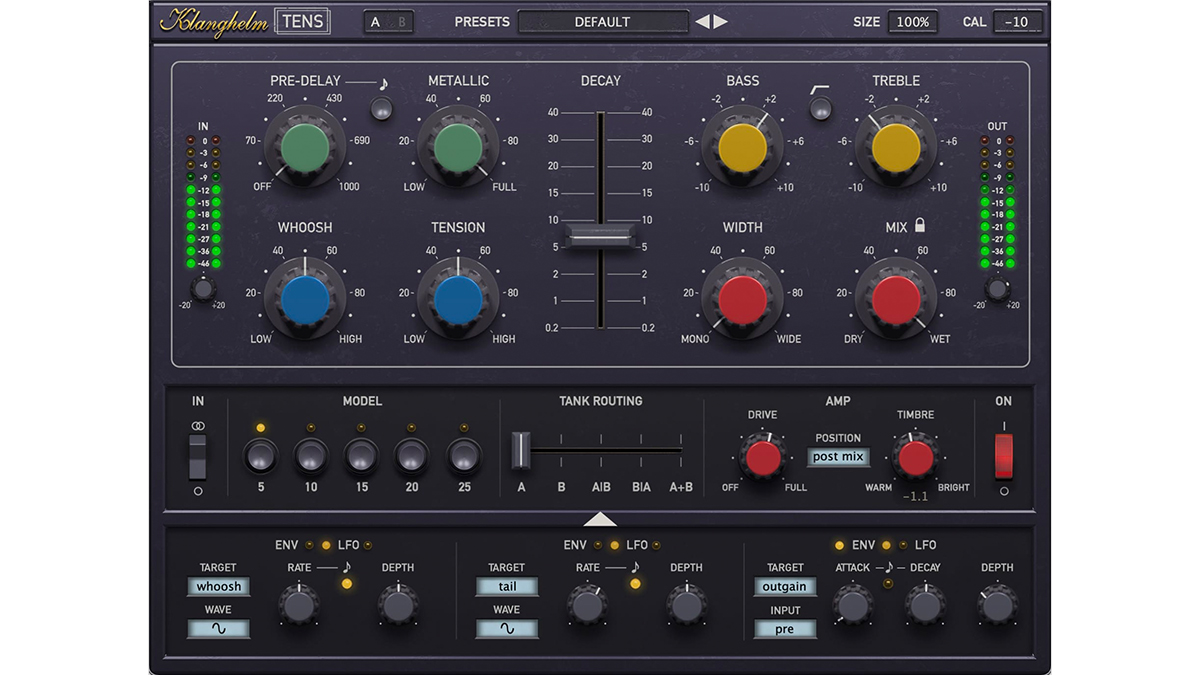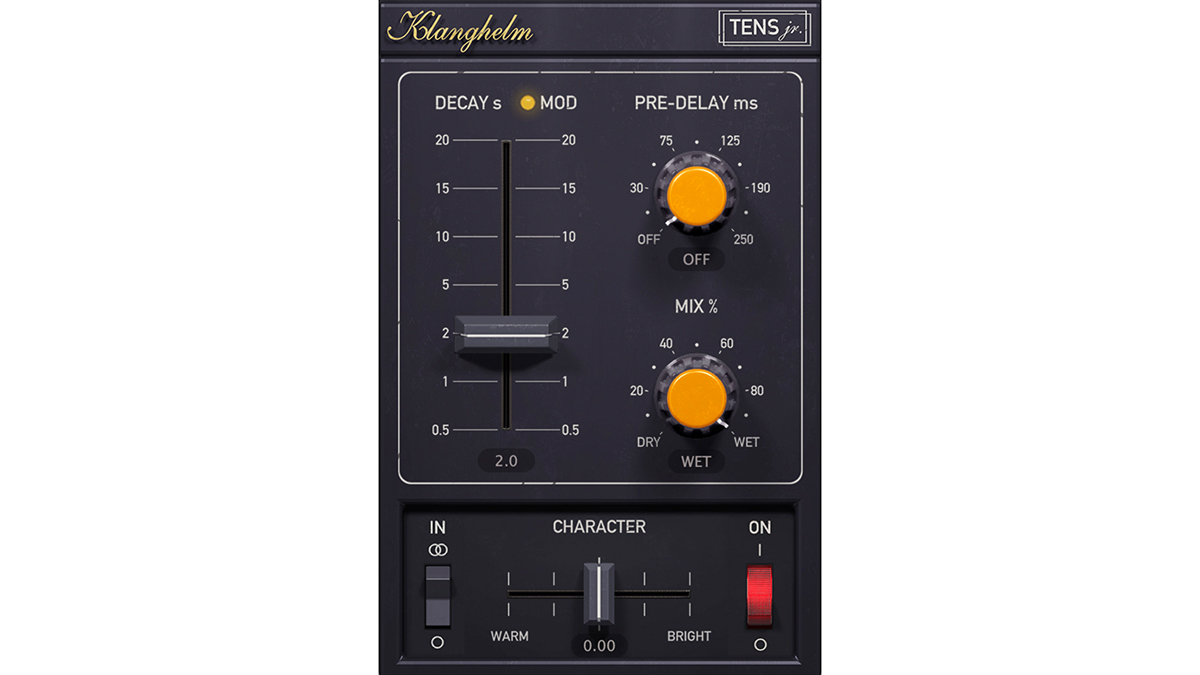Klanghelm reboots AKG’s BX spring reverb with its new Tens plugin, and there’s a free version, too
Put some ‘70s-style spring in your (dub)step

During the ‘70s and ‘80s, AKG offered a unique take on the spring reverb concert with its BX series. This kicked off with the sizeable BX20, and was followed by the more portable BX10, rackmounted BX5 and then the BX25, which added a built-in delay.
If you want to hear what the BX boxes were all about, Klanghelm is now giving you the opportunity with its new Tens plugin. Inspired by AKG’s design - which enabled various connected spring elements of different lengths and wire diameter to vibrate inside a small, isolated space - this offers a wide range of decay times and outputs in stereo rather than the original mono.
You can tweak the sound using Tension, Whoosh and Metallic controls, while the optional (pre)amp saturation can be placed anywhere in the signal chain. There are three modulation slots; each of these offers an envelope and an LFO, which can be used to modulate any parameter. The envelope follower can be triggered by the input, output or an external sidechain signal, and you can also use it for ducking effects.
The hope is that Tens will be capable of recreating the kind of deep, organic reverbs that the BX models were known for, with those modulation options opening up the possibility of fashioning tremolo, chorus, vibrato and phaser-style sounds as well.

If you want a taste of Tens but don’t want to stump up the $24 that it costs, there’s also a free version, Tens Jr, which gives you just a single tank to work with. It’s still stereo, though, and also offers a single fader that enables you to adjust its character.
Both versions of Tens are available now and run in VST/AU/AAX formats for PC and Mac. Find out more on the Klanghelm website.
Get the MusicRadar Newsletter
Want all the hottest music and gear news, reviews, deals, features and more, direct to your inbox? Sign up here.



I’m the Deputy Editor of MusicRadar, having worked on the site since its launch in 2007. I previously spent eight years working on our sister magazine, Computer Music. I’ve been playing the piano, gigging in bands and failing to finish tracks at home for more than 30 years, 24 of which I’ve also spent writing about music and the ever-changing technology used to make it.









